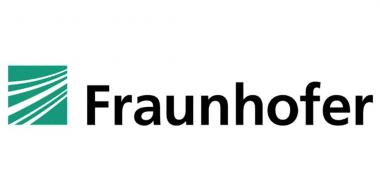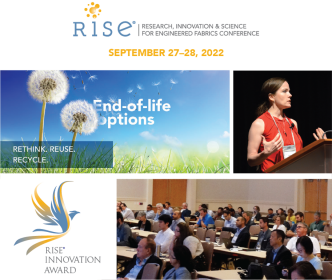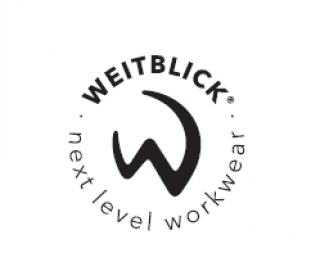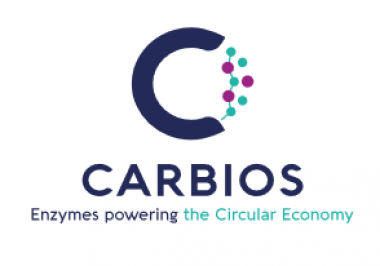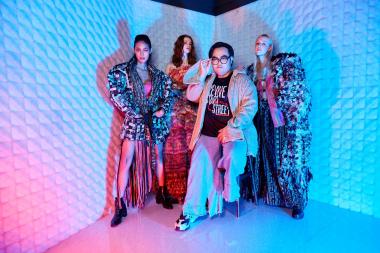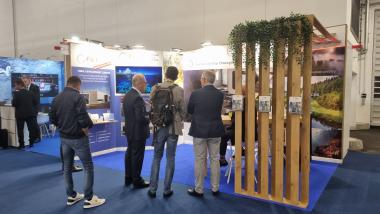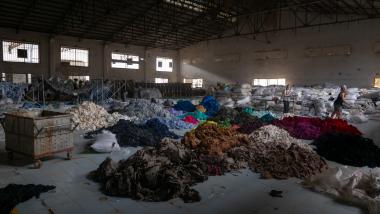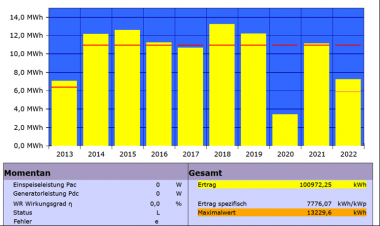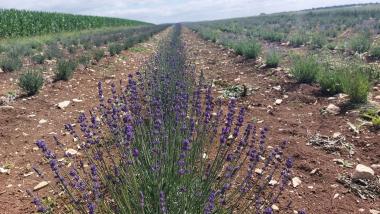Fraunhofer auf der ACHEMA 2022
- Lösungen für eine erfolgreiche Rohstoff- und Energiewende
Auf der Weltleitmesse der Prozessindustrie ACHEMA in Frankfurt am Main präsentiert die Fraunhofer-Allianz für den Leitmarkt Chemie gebündeltes Know-how für die Branche. Vom 22. bis 26. August 2022 stellen die beteiligten Institute aktuelle, gemeinsame Forschungsaktivitäten zu den Schwerpunkten Digitalisierung chemischer Prozesse, Weiterentwicklung der Grünen Chemie, Erleichterung des Scale-Up, zu Sicherheits- und Regulatorikfragen und zur Effizienz chemischer Prozesse sowie zum Aufbau einer Kreislaufwirtschaft aus.
Defossilisierte und zirkuläre Produktionsprozesse hat sich die chemische Industrie in Deutschland zum Ziel gesetzt. Große Herausforderungen liegen vor den Verantwortlichen auf dem Weg zu mehr Nachhaltigkeit und Grüner Chemie. Aufbauend auf der jahrzehntelangen Zusammenarbeit der beteiligten 15 Fraunhofer-Institute untereinander und mit der chemischen Industrie liegt der Fokus darauf, Ergebnisse der Grundlagenforschung bis zu einer höheren Technologiereife weiterzuentwickeln und Partner bei der großtechnischen Umsetzung zu unterstützen – mit einer modernen Forschungsinfrastruktur vom Labor- bis zum Pilotmaßstab.
Fraunhofer-Gesellschaft


